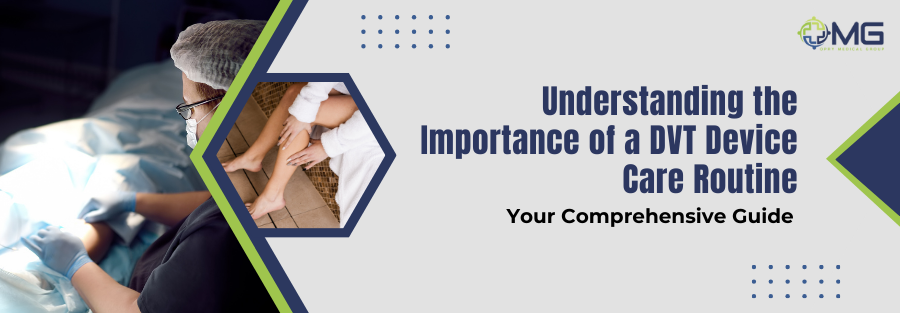Introduction
Deep Vein Thrombosis (DVT) is a serious condition that occurs when a blood clot forms in one of the deep veins in the body, usually in the legs. It can be a life-threatening condition if not detected and treated promptly. Thankfully, medical advancements have led to the development of DVT devices, also known as circulation devices, which can significantly reduce the risk of blood clot formation by improving blood circulation. While these devices are highly effective, it is essential to understand the importance of maintaining a proper care routine for them. In this comprehensive guide, we will discuss the significance of a DVT device care routine and provide you with essential tips to ensure their efficacy and safety.
What is a DVT Device?
A DVT device, often referred to as a circulation device, is a medical device designed to prevent the formation of blood clots by improving blood circulation. These devices typically consist of air hoses and inflatable compression sleeves. By applying intermittent compression to the legs, DVT devices stimulate blood flow and reduce the likelihood of clot formation. They are commonly used in hospitals, particularly for patients who are immobile or at a high risk of developing blood clots.
Why is DVT Device Care Important?
Maintaining a regular care routine for your DVT device is important for several reasons:
1. Device Performance
A well-maintained DVT device will function optimally, ensuring the delivery of the necessary pressure to improve blood circulation. Regular care routines help prevent device malfunction and ensure consistent performance. When the device performs as intended, it effectively reduces the risk of blood clot formation.
2. Hygiene
Proper cleaning and maintenance of DVT devices help minimize the risk of infection. Over time, dirt, oils, and bacteria can accumulate on the surface of the device. Regular cleaning removes these contaminants, keeping the device safe and hygienic. By maintaining a clean device, you reduce the chances of introducing harmful bacteria to your skin and potentially causing an infection.
3. Longevity
Following a care routine can help extend the lifespan of your DVT device. By taking the necessary steps to prevent damage and ensure proper functioning, you can avoid the need for frequent replacements. This not only saves you money but also ensures that the device remains effective for as long as possible.
Essential Tips for DVT Device Care
Conclusion
Proper care and maintenance of your DVT device are essential for its functionality, hygiene, and longevity. Regular cleaning, proper storage, inspection for damage, and timely consumable replacements are all key to ensuring its effectiveness. By prioritizing the care of your DVT device, you are taking an active role in preventing DVT and maintaining your overall health and well-being. Consult with your healthcare provider for guidance and specific instructions tailored to your needs. Remember, a well-maintained DVT device can significantly reduce the risk of blood clot formation and contribute to a healthier life.


